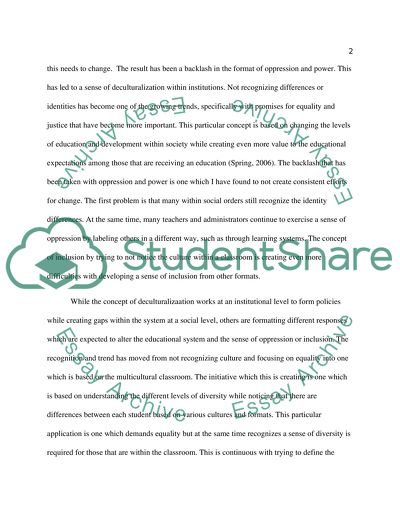Cite this document
(“Oppression and power within diversity and inclusion Essay”, n.d.)
Retrieved from https://studentshare.org/education/1443875-oppression-and-power-within-diversity-and-inclusion
Retrieved from https://studentshare.org/education/1443875-oppression-and-power-within-diversity-and-inclusion
(Oppression and Power Within Diversity and Inclusion Essay)
https://studentshare.org/education/1443875-oppression-and-power-within-diversity-and-inclusion.
https://studentshare.org/education/1443875-oppression-and-power-within-diversity-and-inclusion.
“Oppression and Power Within Diversity and Inclusion Essay”, n.d. https://studentshare.org/education/1443875-oppression-and-power-within-diversity-and-inclusion.


